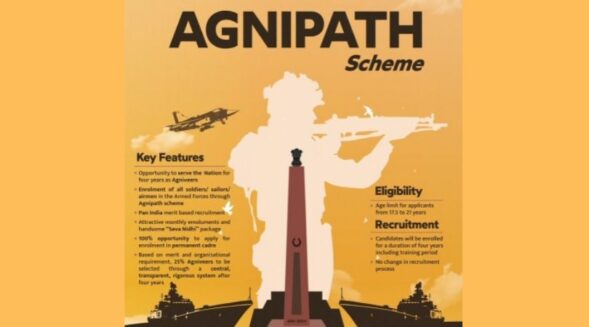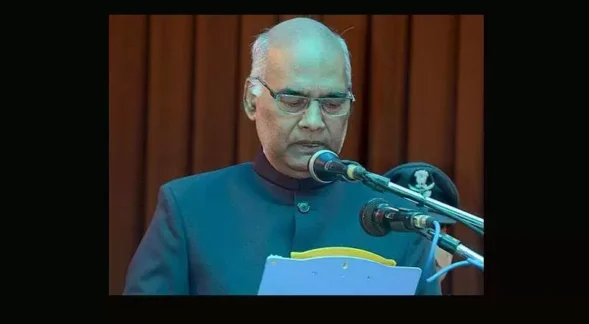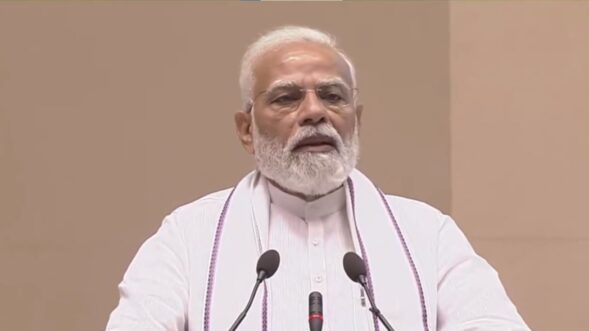
BY THE EDITOR
Hunger and poverty are interrelated. It is difficult to work efficiently on empty stomach which then can deprive people of decent incomes and push them towards poverty. Industrialised nations like the United States (US), Japan or those of Western Europe are prosperous where poverty is non-existent. On the other hand, countries in Asia, Africa and Latin America have rampant poverty while being home to large populations. The two years of Covid-19 had a deleterious impact on economies of many countries, especially ones falling in the ‘developing’ category; some of such countries are, in fact, yet to recover fully from that blow to their economies. The immediate impact was loss of jobs while population kept rising. According to estimates, in India, 80 crore of the population of 140 crore received free food grain during those two years for survival.
Besides unemployment, large number of workforce have been losing their jobs because of being laid off. With no earning and not enough social security coverage the hunger level has been increasing at an alarming level. To compound the problem, inflation and price rise are creating more trouble for the poor who bear their suffering in silence. Under distribution of free food grain amounting to 5 kilogram per person per month, people had to manage nutritional needs by themselves which was a Himalayan task. At the same time, cost of medicines also increased, making them virtually out of reach of poor people. Consequently, besides hunger and nutritional deficit, people are facing great health hazards with children being more vulnerable. Soon after the pandemic eased, country’s production of rice and wheat went down due to various causes including heat waves and floods resulting in increase in prices.
The Global Hunger Index (GHI) 2023 published in October placed India in the 111th position among 125 countries with its progress against hunger said to be nearly halted since 2015, which, however, is a global trend. India, however, did not buy the ranking saying it was because of flawed methodology. India’s ranking is based on a Global Hunger Index score of 28.7 on a 100-point scale where 0 is the best score (no hunger) and 100 is the worst. This categorises India’s severity of hunger as “serious”. The GHI score is based on a formula which combines four indicators that together capture the multi-dimensional nature of hunger, including under-nourishment, child stunting, child wasting, and child mortality. However, if it is any consolation, India is not alone. Reports state that the country’s performance is in sync with global trend. The 2023 GHI score for the world is 18.3, which is considered moderate. It is only one point below the world’s 2015 GHI score of 19.1. Globally, the share of people who are undernourished, which is one of the indicators used in the index, actually rose from 7.5 per cent in 2017 to 9.2 per cent in 2022, reaching about 735 million. Be that as it may, India cannot afford to cite global trend as any justification for its own poor performance and must make every effort to improve its ranking.






